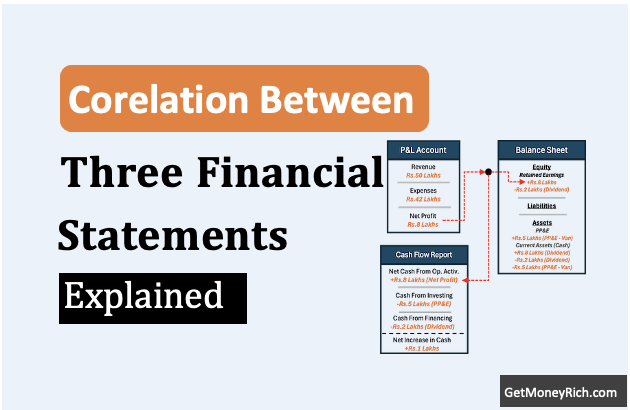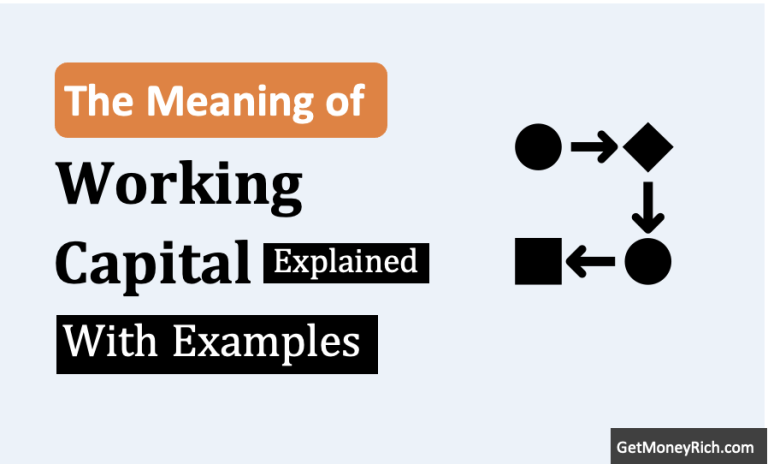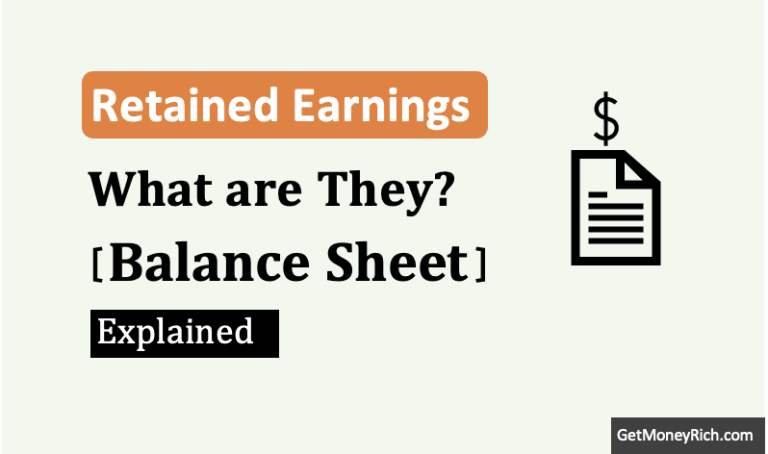Today I’ve read an article on Business Standard which states that, post the merger, HDFC Bank’s Loan Deposit Ratio (LDR) has fallen below the 100% mark. So, I thought why not write a blog post explaining the use and relevance of LDR for us as an investor in banking stocks (my explanation is here).
Loan Deposit Ratio (LDR) of Banks is a super important topic. It is also perfect for my readers. It’s one of those things that might sound a little intimidating at first, but once you understand it, you’ll be much savvier about how banks operate.
Hi, I’m Mani and I’m back with another crucial piece of the financial puzzle. Today, we’re diving into something that might sound a little technical at first – the Loan-Deposit Ratio (LDR) of banks. Don’t let the name scare you. Think of it like understanding how a restaurant manages its ingredients. It’s all about keeping things in balance.
Topics:
1. What Exactly is the Loan-Deposit Ratio (LDR)?
In simple terms, the Loan-Deposit Ratio (LDR) is a percentage that shows how much a bank is lending out compared to how much it has in deposits.
Think of it like a kirana store.
The deposits are the items they stock on their shelves (our money). The loans are like the items they sell to their customers.
The LDR helps us understand how much of their stock they’ve actually sold off as loans.
- Deposits: These are the savings you and I keep in our bank accounts. They can be money parked in savings accounts, fixed deposits, recurring deposits, current account deposits etc. These deposits are the very foundation of a bank’s functioning, they are the raw material, the lifeblood of the bank. Like the item on the shelves of a DMart store. Banks collect these deposits from individuals, businesses, and institutions. These deposits form the base for them to start their lending activities. We can also see it as our hard-earned money that banks collect from us and use for their operations.
- Loans: This is the money the bank lends out to individuals and businesses. These can be home loans for that dream ghar, personal loans for unexpected expenses or a new bike, car loans for four-wheeled freedom, business loans to fuel the desi entrepreneur, etc. These loans are how banks generate profits and keep the economic wheels turning. For the bank, they are like the ‘finished product‘ made from the deposits.
The interest charged on these loans is the bank’s primary source of revenue. The interest paid by the bank of the deposits are their primary expenses.
2. Looking at LDR as a Formula
The LDR formula is quite simple:
LDR = (Total Loans Given Out by the Bank / Total Deposits with the Bank) x 100
This formula is just basic math. Always remember what it represents.
It represents the proportion of a bank’s deposits that have been converted into loans.
The result (LDR) is expressed as a percentage, which makes it easier to compare different banks.
It’s like knowing what percentage of total wheat’s stock the chef has used up to make the 20 number rotis. This percentage will give you an idea of how much of their “resources” they are using to earn a profit.
For Example
Let’s say a bank has Rs.100 crore in deposits. These deposits have come from all of us and other customers who have deposited their hard-earned money.
The bank has lent out Rs.80 crore to various borrowers for home loans, car loans, business loans etc.
The LDR would be (80/100) * 100 = 80%.
This means, for every 100 rupees the bank holds in deposits, it has loaned out 80 rupees.
Now, a different bank could have, say, a 60% LDR.
Understanding this simple formula and its output is key to evaluating how aggressively a bank is operating.
3. HDFC Bank’s LDR: A Post-Merger Story
Let’s talk about real life example of HDFC Bank’s Loan-Deposit Ratio (LDR) to get a feel of the real world use of the Loan Deposit Ratio (LDR).
Before the big merger (HDFC Ltd and HDFC Bank), HDFC Bank was operating with a healthy LDR of around 87%. This means for every Rs.100 they had in deposits, they were lending out Rs.87. Then came the merger, and the LDR shot up dramatically to a whopping 110%.
This jump indicated that the merged entity was suddenly lending out Rs.110 for every Rs.100 they had. It meant, the bank was using up its existing funds and was potentially looking to borrow additional funds to meet its loan demand.
A high LDR like that can be a bit concerning.
It is a hint that the bank was possibly overstretched. This situation happens when one merged entity’s assets (loans) are much larger than the other’s assets.
The good news is, things are normalizing. HDFC Bank’s LDR has now fallen below 100% for the first time after the merger.
This suggests that the bank is now managing its lending and deposits more cautiously.
We can say that the bank is moving to a more sustainable place.
While it’s still important to keep an eye on this ratio, this trend is a positive sign showing that the bank is working towards balancing its books.
4. Why is LDR Important for us?
Now, you might be thinking, “Okay, cool. But why should I care about this ratio?”
Here’s why it matters:
- Bank’s Health: A very high LDR can be a red flag. It suggests the bank is aggressively lending and might be vulnerable if many borrowers default. Imagine a restaurant that has used up all its ingredients, hoping to buy more later. It is risky, right? Similarly, if a bank loans out most of its deposits and doesn’t maintain a balance, it can become financially unstable.
- Interest Rates: LDR impacts the interest rates both on deposits and loans.
- High LDR: If a bank has lent out most of its money, it might need more deposits. So, they might increase the interest rates on fixed deposits (making it more attractive for us to save). On the other hand, since they have less funds they might increase interest rates on loans.
- Low LDR: If a bank has more deposits than loans, it might decrease deposit rates (to attract less money and to encourage borrowing), and it might also decrease loan rates to lend more.
- When LDR is too Low: A very low LDR can mean the bank isn’t doing much lending. This could mean they’re being overly cautious, making it tough to get loans (e.g. home loan or education loan). Ideally, a good LDR should help the economy grow.
5. What’s a “Good” LDR?
There’s no one-size-fits-all answer.
In India, generally, an LDR of between 70% to 80% is considered healthy.
But this can vary depending on the economic conditions and the bank’s specific strategy.
So, What Should You Do?
Don’t obsess over this number alone, but it’s good to keep an eye on it. Here are some actionable steps:
- Be Aware: When you read news about banks, see if LDR is mentioned. It’s good to know the number.
- Compare: If you are deciding between two banks for your deposits or for loan needs, comparing their LDRs could give you a small hint on their risk appetite.
- Ask Questions: If you’re taking a loan, ask the bank about their LDR, not as a demand but as a way to understand their business.
Conclusion
In my experience, the LDR is one of the many parameters to consider when assessing the health of a bank.
I feel, the LDR should not be too low or too high. The sweet spot is always in the middle.
Too high LDR can mean over-leveraging, and too low a LDR means that the bank is probably being too conservative.
I always recommend not focusing too much on one number. LDR is one piece of the puzzle.
We must also look at the other indicators like the bank’s NPAs (Non-Performing Assets), its CASA ratio (Current Account Savings Account), etc to really understand how well it’s managed.
Summing Up
The Loan-Deposit Ratio is a vital metric that plays a big role in our financial lives.
Understanding it gives us a better perspective on how banks operate and the risk associated with it.
It’s another tool in our financial toolkit, and every little bit of knowledge can make a big difference.
If you found this article useful, please share it with fellow investors or leave your thoughts in the comments below!
Have a happy investing.







GREAT EXPALNATION..
Thanks